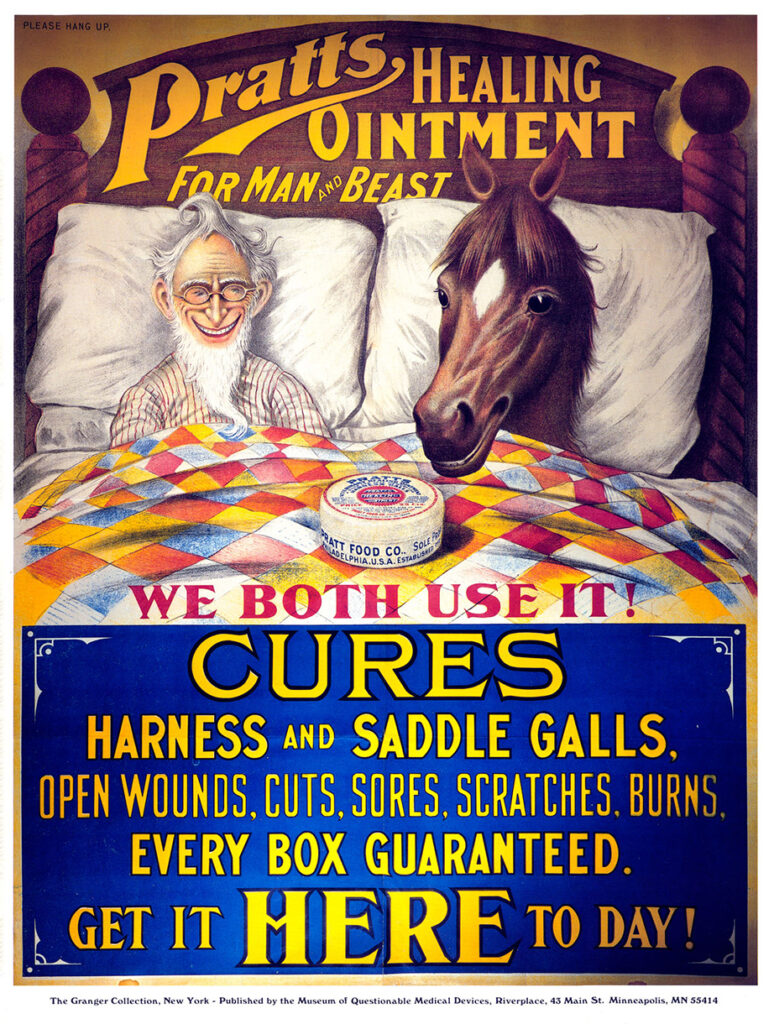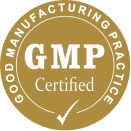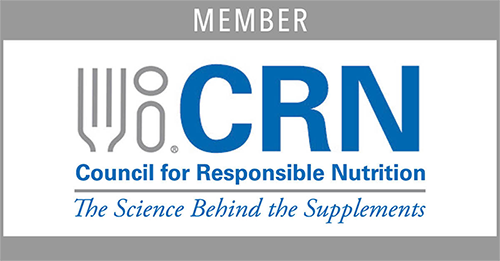The following article is an excerpt from the forthcoming book, Just Enough Vitamins: A Sensible Approach to Nutritional Supplements, by Matthew Siegal (Authority Press, 2024)
My primary message in this book is that I don’t believe that taking way more than the recommended amount of vitamins is a good idea. Am I right? Can too many vitamins hurt me? In truth, I am neither right nor wrong. As I said, my message expresses a belief, not a fact.
Am I likely to be harmed if I take multivitamins that provide many times the recommended Daily Value of nutrients? I don’t really know, and I’m not convinced that anyone knows for sure. Anyway, as far as I’m concerned, the question is an irrational one. I don’t want to do what might not hurt me; I want to do what likely will help me. The rational question is, “What amount is most likely to do me good?”
The U.S. government claims to know the answer and, thus far, I’ve found no authority I trust more. In collaboration with untold numbers of experts in medicine, nutrition, and allied fields, the U.S. Food and Drug Administration establishes a Recommended Daily Intake (RDI) for many nutrients. The RDI levels, which are revised periodically, are the amount of each nutrient that research indicates is adequate[1] for the typical person, and that’s the amount I want. Just enough.
A related set of guidelines, the Tolerable Upper Intake Levels, or UL, specifies the maximum amount that researchers believe is safe. Quite a few nutrients that you find in dietary supplements have no established UL, either because they haven’t been studied or, ominously, because no study has been able to determine the maximum safe amount. Nutrients with no established values are identified on product labels with an asterisk in the Daily Value Percentage (DV%) column. Don’t assume, as many do, that the absence of an established DV or upper limit means that ingesting unlimited amounts is safe. It only means that nobody knows how much is enough, or how much is too much.
In the United States, at least, the nutrient intake guidelines are just that—guidelines. In most cases, manufacturers are not required to follow them. They are, however, required to disclose on their labels the amount of each nutrient and the percentage of the RDI that one serving provides.
When I pick up a bottle of multivitamins and see that one serving provides daily values of 1,783% of Vitamin E, 571% of chromium, or, in one case, 416,000% of Vitamin B12, an alarm goes off in my head. 416,000% of the recommended amount? Why?
I expect this book to attract scorn from people who have a financial interest in perpetuating what I believe to be a myth: that taking ultra-high-potency supplements is wise. They’ll question my credentials, even though I do not offer medical advice. Although I’m the CEO of a nutritional supplement company and have been in the field for many years, I’m not a practitioner or academic. In my defense, I’ll point out that I didn’t write the book on an island. I had research and editing assistance from, among others, a Harvard-educated physician with a particular interest in dietary supplementation, a registered nurse, and a registered dietician. I also had extensive input, over many years, from my late father and former business partner, a physician.
My critics will also point to countless studies which they’ll insist support the position that taking significantly more than the recommended amount of certain vitamins is harmless. In truth, reputable research studies don’t express their conclusions in such absolute terms. At most, they state that no harm was demonstrated, leaving open the door for future research to draw a different conclusion.
Scientific conclusions necessarily carry an implied disclaimer: “Subject to change.” Medical procedures and concoctions that were widely used in one era may be ridiculed in a later one. For example, we know from contemporaneous notes that George Washington did not die from the throat infection for which his wife, Martha, had summoned his physicians. Rather, he bled to death from the treatment those wise and learned men administered—a well-accepted practice known as “bleeding”—which drained an estimated 40 percent of the blood from his otherwise relatively healthy body.

Do you remember when saccharin was the dominant artificial sweetener? It was in many diet foods and beverages. Then, one day, it was said to cause cancer and was banned. Years later, it was found to be safe, and allowed once again. Are you convinced that the matter is settled? I’m not.
In 1989, Billy Joel had a smash hit, We Didn’t Start the Fire, which mentioned 120 significant historical events that occurred in the second half of the 20th century. These were the big ones, including Vietnam, the JFK assassination, the Berlin Wall, and “children of thalidomide.” If you’re younger than fifty, you may not know what thalidomide is, but you’ve probably heard the term “thalidomide babies.”
In the 1950s, a compound called thalidomide was developed by a pharmaceutical company in Germany. It was claimed to be effective in treating a variety of ailments, including morning sickness. By the late 1950s, thalidomide was marketed under 37 trade names in 46 countries. Pregnant women around the world used it, and why not? It was considered so safe that, in some countries, no prescription was required. One manufacturer even proclaimed, “Can be given with complete safety to pregnant women and nursing mothers without adverse effect on mother or child.”
Birth defects are “adverse effects” in my book, and the ones that thalidomide caused were horrific. They included a range of debilitating and disfiguring injuries, including shortening and absence of limbs; malformation of hands, fingers, and toes; damage to ears and eyes; sensory impairment; facial palsy; and damage to various organs and skeletal structures.
It’s estimated that as many as 100,000 babies were affected by the drug although it’s hard to say for sure since most died in the womb. About 10,000 were born with serious birth defects; around 3,000 are still alive.[2]
If you take exception to my using examples from long ago about George Washington, saccharin, and thalidomide to make my point about today’s vitamin supplements, here’s one more that’s right on-point. In the 1990s, it was discovered that Vitamin B9 (folate or folic acid) is critical in preventing neural tube defects such as spina bifida and anencephaly. In 1992, the U.S. Public Health Service recommended that all women of reproductive age consume 400 micrograms of folic acid daily. In 1998, the U.S. Food and Drug Administration required that folic acid be added to enriched grain products such as bread, pasta, rice, and cereal.
There was an immediate decrease in the birth prevalence of neural tube defect cases. Hooray! Unfortunately, as is so often the case with well-intentioned governmental mandates, there was also an unintended consequence. Research suggests that there’s now an increased risk of men developing prostate cancer due to high levels of folic acid in the food supply.
The reason I bring up these medical misadventures is to illustrate that medical dogma is always evolving. What science “knows” today it may wish to forget tomorrow. Therefore, I have a cautious, even skeptical approach to nutrition and health. I’m not saying that you shouldn’t trust so-called experts. I mean, what’s the alternative? To rely on superstition, fate, the stars, or Dr. Oz? No thanks. I’ll take my cue from the medical establishment, but with a grain of salt.
As I noted earlier, many in the medical and nutrition fields believe that ultra-high-potency multivitamins won’t hurt the average adult. I hope they’re right; I hope we don’t find out in ten or twenty years that they were wrong.
The way I see it, there are two divergent approaches to dietary supplementation. One is to take way more than the guidelines recommend because there’s little evidence that it will harm you. The other is to take the recommended amount because there’s considerable evidence that it will help you. For me, the choice is obvious.
[1] I use the word “adequate” here in a non-technical sense. The word is used in nutritional guidelines in connection with the term Adequate Intake which is a variation on RDA, RDI, and other datasets, but we won’t go into that in this book.
[2] According to the Thalidomide Trust, which was created in 1973 as part of the £20 million legal settlement between Distillers Company Ltd and 429 children with thalidomide-related disabilities.



